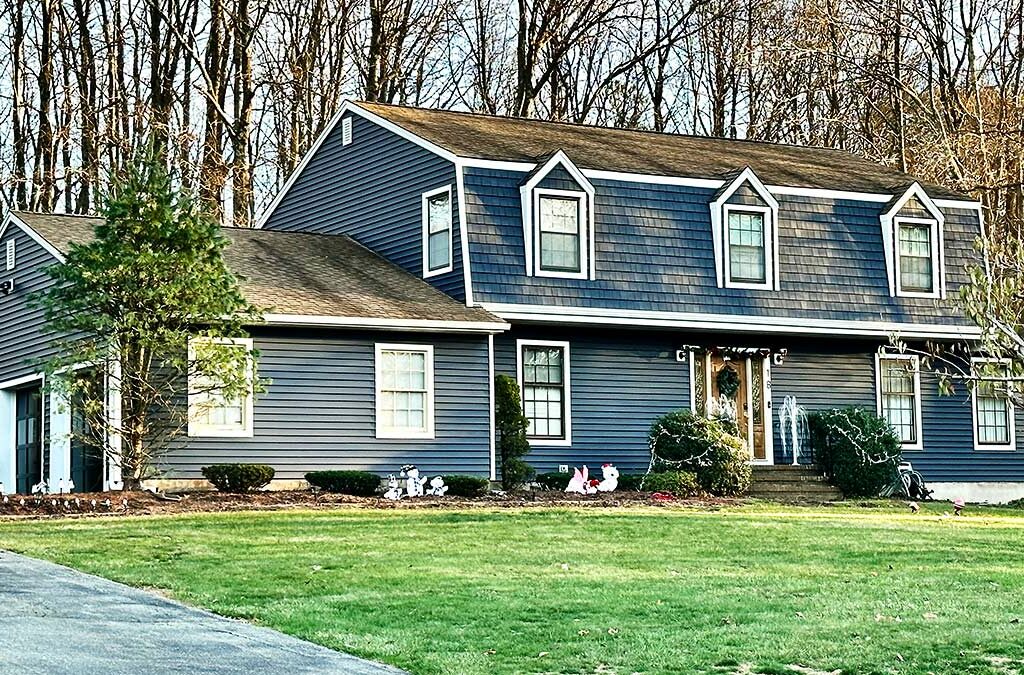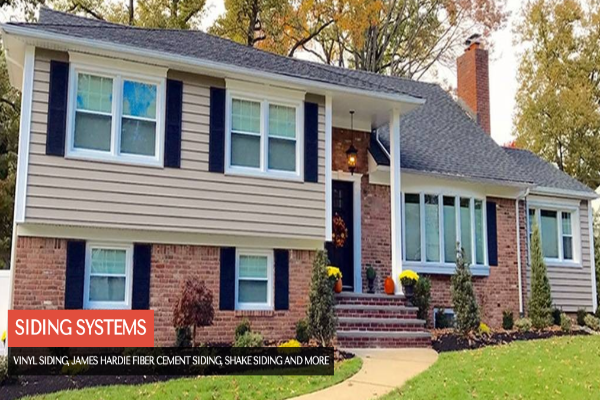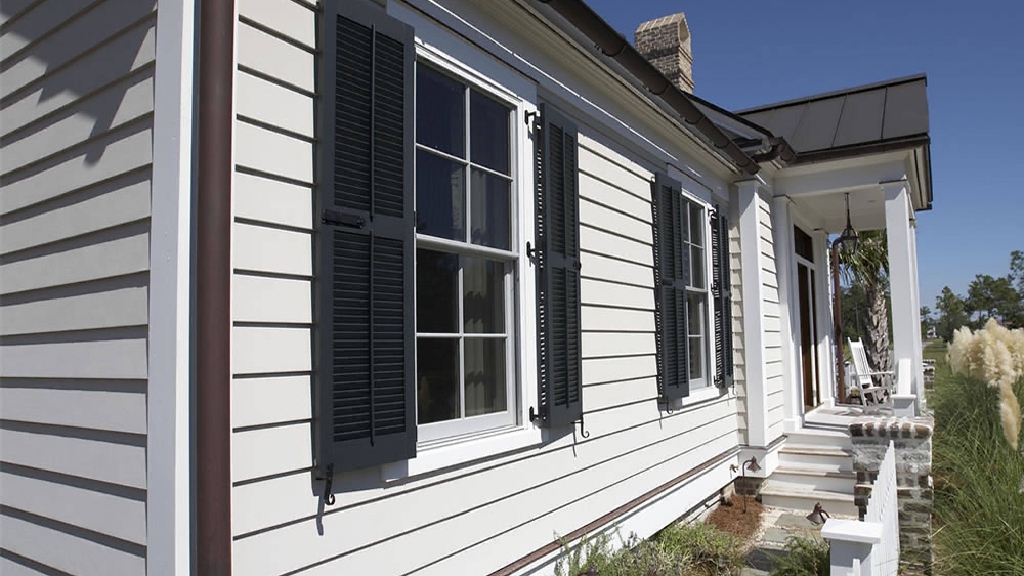Replacement siding on your home can be a significant investment. If your existing siding did not last as long as you thought or was high-maintenance, you might want to research other options to see what will return the most bang for your buck.
When looking into Hardie Plank and vinyl siding, there are advantages to both materials. Let’s compare the types of siding to find out which would best fit your home and situation.
What Is Vinyl Siding?
You may have heard of wood siding or board siding, but what about vinyl siding from a New Jersey siding installer? The vinyl material was used in the past as an alternative to aluminum siding. It provides the homeowner with some benefits at a low price per square foot. It also lasts a long time and performs well in mild conditions.
Having vinyl siding installed can feel like a win when it comes to the initial investment. Vinyl siding looks relatively nice on a home and is much more low maintenance than wood siding or aluminum siding. But with the risk of damage when it comes to extreme heat or fire, vinyl siding may not be as cost-effective as you thought.
What Is James Hardie Siding?
James Hardie siding is a fiber cement board that is one of the most high-quality siding materials available. Fiber cement products have a reputation for being durable, low-maintenance, and beautiful on a home. In addition, the unique material has been proven time and time again to outlast extreme weather conditions and protect a home from damage.
When you see a home with Hardie Plank installed by a New Jersey siding installer, the home stands out. Curb appeal is a priority for many homeowners. The colors and quality offered by James Hardie siding are unmatched.
Main Differences Between Vinyl and James Hardie Siding
As we discuss the pros and cons of vinyl and fiber cement siding, consider your preferences for the materials used on home exteriors. Would you like a material you don’t have to clean or paint? Would you like a material that will protect your home from outside elements?
Speak with our New Jersey siding installers to break down the pros and cons of James Hardie siding and determine if it is the right choice for your home. Let’s take a look at some details regarding vinyl siding vs. Hardie board.
Cost
Vinyl siding is the winner when it comes to initial costs. The siding is quicker to install, and the materials are cheaper than Hardie board. With that said, when it comes to resale, Hardie board is the much better option. You will be able to get a return on investment when you have high-quality siding on your home from a New Jersey siding installer. In addition, homes with Hardie board sell much faster than homes with vinyl siding.
James Hardie siding is more expensive, but you will save on maintenance costs. Hardie board withstands extreme heat and high winds, and the ColorPlus Technology keeps the color from fading. While you may find yourself looking at other options due to price, continue to learn about the benefits of Hardie board and how the investment is worth it.
Durability
Vinyl siding is made of a fragile material that is 0.04 inches thick. Hardie board can be .25 inches thick – up to 5x thicker. Because of vinyl siding’s slenderness, it becomes more brittle with age, making it vulnerable to cracking, buckling, and warping from high temperatures. Vinyl siding can also be easily damaged by wind and hail.
On the other hand, James Hardie siding’s thick exterior and thoroughly tested material can withstand high winds and extreme heat. In addition, the Hardie board is fire resistant, preventing your home from catching fire and protecting the interior.
Our New Jersey siding installers take great care to install the Hardie board in line with warranty qualifications to ensure it lasts as long as possible. So when you choose Hardie board over vinyl siding, you will always be pleased with the product’s durability.
Maintenance
You may have previously dealt with siding materials that must be repainted every few years as they peel or fade with normal wear and tear. When it comes to maintenance, Hardie board is the most low maintenance. Unfortunately, vinyl siding is subject to warping and melting, which doesn’t do any favors for curb appeal. Having to replace large areas of siding can be a real burden when you’re not expecting it.
James Hardie siding can outlast any weather elements and stay looking as new as the first day it was installed. A New Jersey siding installer will warn against power washing. Vinyl siding is thin and vulnerable, and fiber cement siding can also break when loosened. You should always use a soft washing method on the siding to prolong its life.
Aesthetic
Vinyl siding can be backed with foam board to thicken the material and look presentable on a home. While fiber cement siding can have the beautiful appearance of wood siding, the same isn’t true for vinyl siding.
In addition, Hardie board’s ColorPlus Technology ensures that your siding will not fade from exposure to the sun. A New Jersey siding installer can install primed James Hardie siding, ready for painting. Or you can install pre-painted Hardie board siding with ColorPlus Technology.
While vinyl siding can fade and discolor with time, leading to color inconsistencies on your home’s exterior, Hardie board will stay vibrant and like-new. Now that you know the ins and outs of vinyl siding and Hardie board, the clear winner is James Hardie siding.
Is It Time to Upgrade Your Home’s Siding?
At Magnolia Home Remodeling Group, you can count on a trusted New Jersey siding installer to take care of your home improvement project efficiently and affordably. When you learn about our history in New Jersey and our positive customer feedback, it’s no wonder so many people choose Magnolia Home Remodeling Group.
Your siding project can feel overwhelming if you do not have the right team by your side. Let our expert New Jersey siding installers walk you through the process and share advice on which siding type is best for your home. Contact us today to get started on your home transformation.




